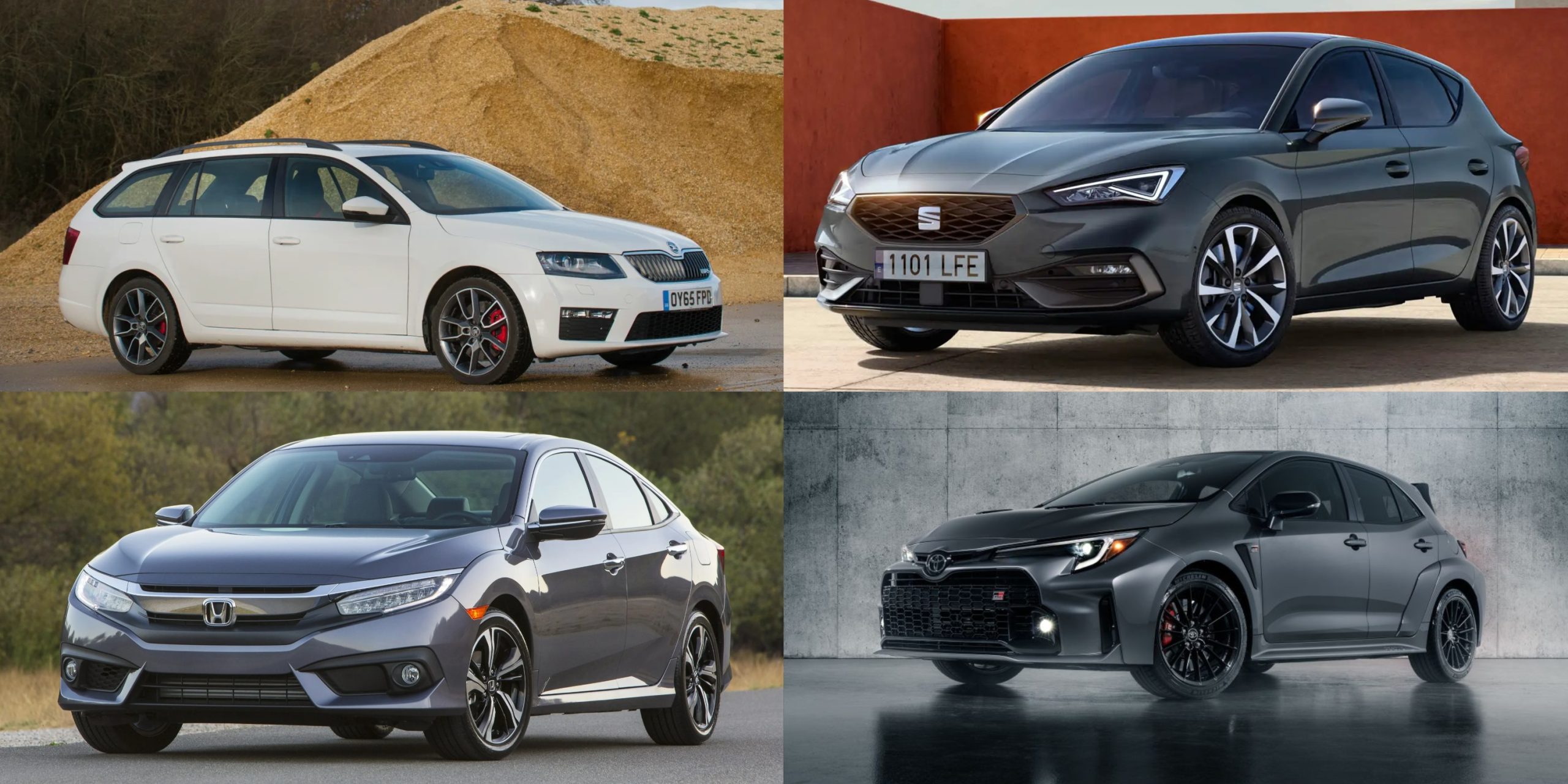You might think that every family wants an SUV these days, but there are still many people who like a more traditional family car. And for these buyers, there is still a large number of options available.
Family cars often mean more than just getting you and your kids from place to place. The best family cars are great at doing many things well, offering usefulness, good fuel savings, and safety all at once, while still being fun to drive.
While some cars are hard to trust, they always give you trouble while on the road in the form of fuel, comfort, or reliability. In this list, we will take a look at 10 reliable family cars and 5 cars that you cannot rely upon.
Also Read: Top 10 Most Reliable & 5 Least Reliable Diesel Cars
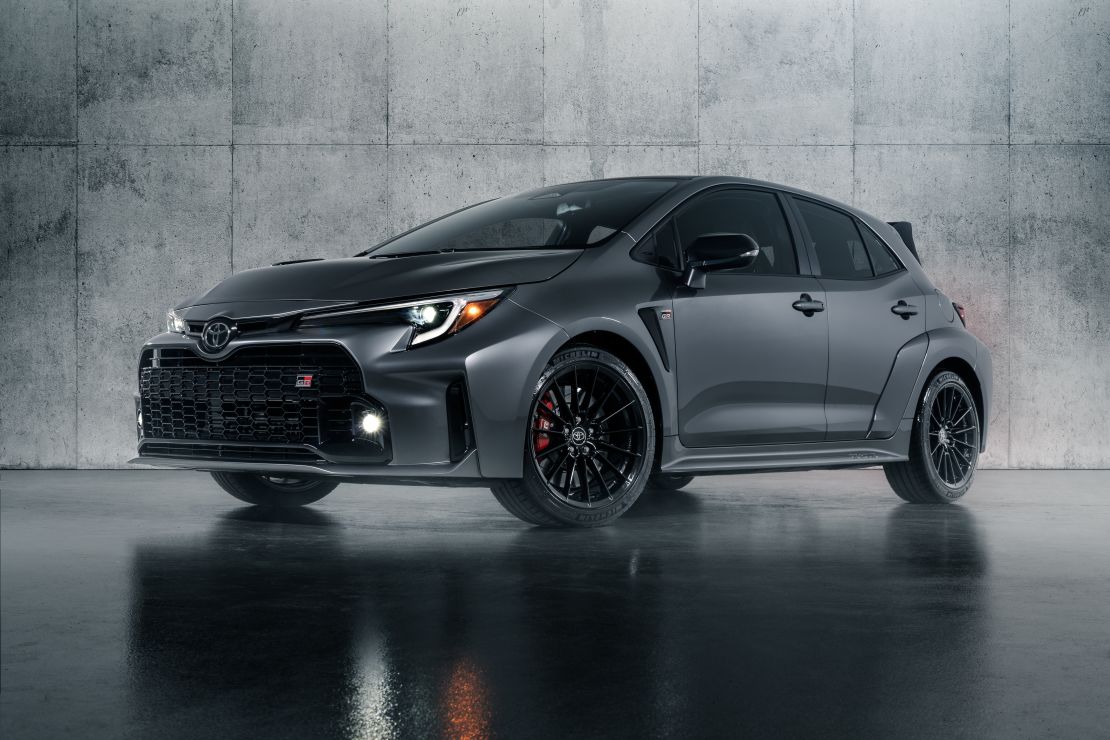
Toyota Corolla
Millions of people can’t all be wrong, and millions of car buyers around the world have chosen to buy a Toyota Corolla.
There has to be a good reason for all that popularity, and the newest Corolla has plenty of good points – starting with the fact that, since it’s a hybrid, this family car can help you save money.
In fact, if you go with the 1.8-litre petrol engine we suggest – there’s a stronger 2.0-litre version as well – you’ll easily get more than 50 miles per gallon in normal driving. That’s much better than what you’d get from a car that only runs on petrol. Its performance is about the same as what you’d expect from a Ford Focus or Volkswagen Golf, too.
Add in a fair price, a comfy inside that has all the features you’ll probably want, and Toyota’s excellent reputation for reliability, and you get a family car that’s easy to say yes to. In this case, the Corolla’s popularity makes a lot of sense.

Honda Civic
The Honda Civic is a great all-around family car, with a really good mix of usefulness, quality, fuel savings and fun driving.
It feels smooth and accurate to drive, thanks to a mix of good control, a comfy ride and strong performance. In fact, when we tested it, we found it could go from 0 to 62 miles per hour in 6.8 seconds, which is quicker than its official time – and faster than the Toyota Corolla.
The hybrid system also lets it run just on electric power at low speeds, and it can get very good fuel use numbers (it gave us 49.5 miles per gallon in our Real MPG test).
There’s so much helpful equipment included as standard that we suggest going with the basic Sport trim.
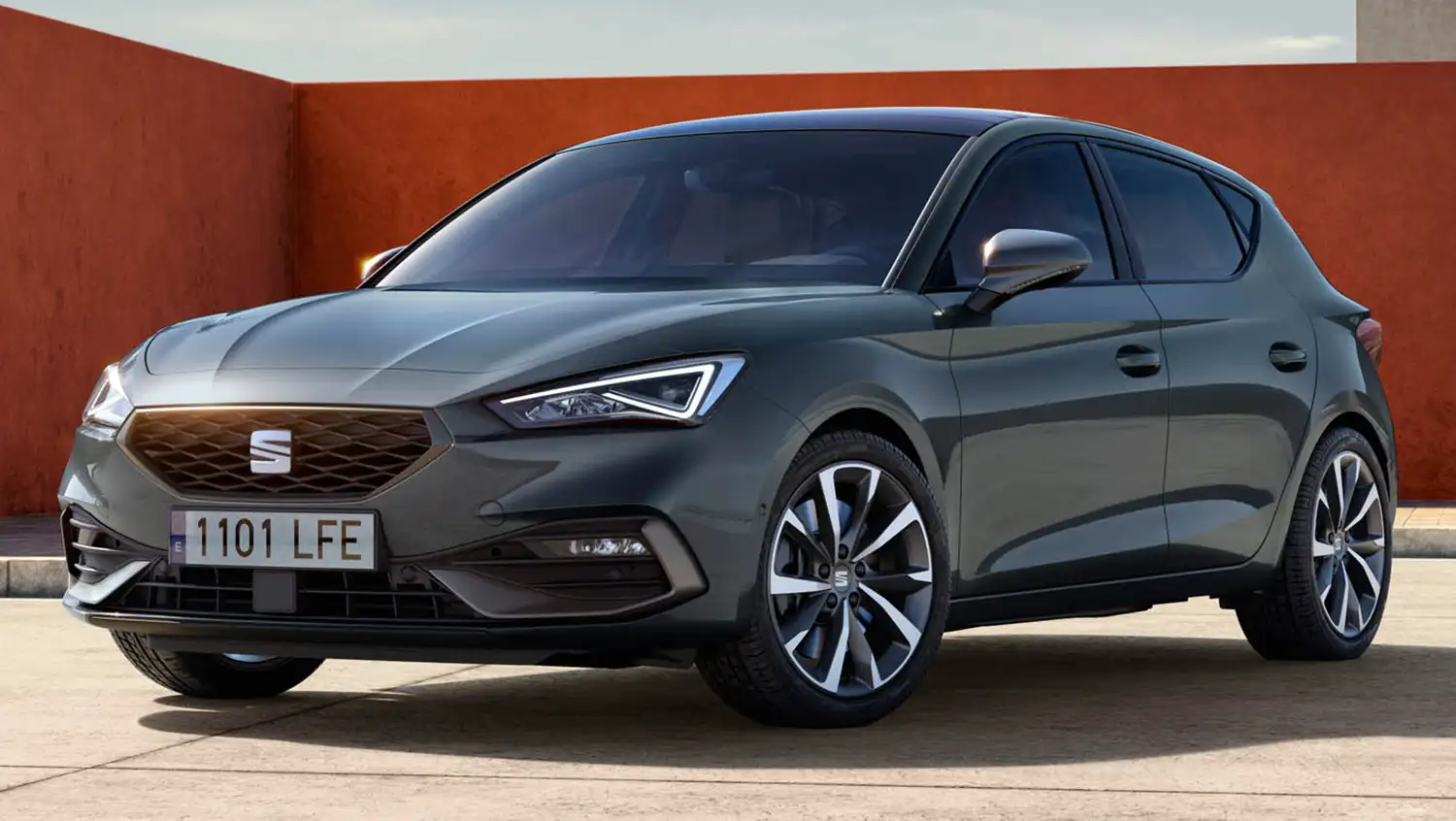
Seat Leon
A past winner of Family Car of the Year at our annual What Car? Car of the Year Awards, the Leon is a great choice for anyone who wants a fun and practical family car.
For fun, the steering feels just right, and the suspension works well on winding roads. Plus, the 128bhp 1.5-litre petrol engine has enough power, the driving position can be adjusted to suit nearly any driver, there’s lots of space for legs and heads in the back, and the boot has a good amount of space.
The Leon comes with a lot of features as standard, but we suggest upgrading to the FR trim, which adds an auto-dimming rear-view mirror, rain-sensing wipers and more.
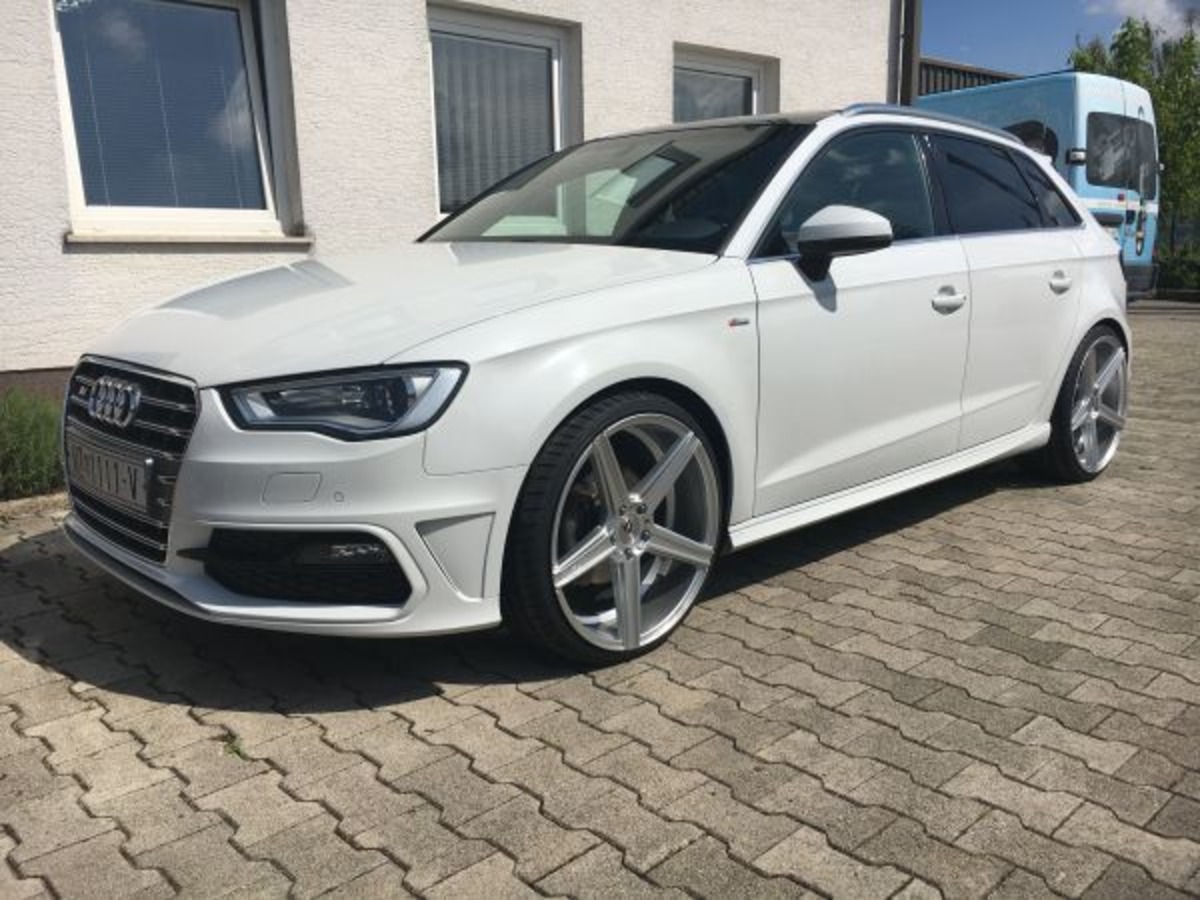
Audi A3
The current A3 Sportback isn’t as fancy inside as the 2013-2020 Audi A3, but it’s still comfortable and well-made, and it’s a great car to drive. The driving position is excellent, and the car handles well while still being comfortable.
There are many engine choices, including diesel, petrol, and plug-in hybrid (PHEV) options. Our favourite is the 40 TFSIe PHEV, which can officially travel 40 miles on electric power alone. Its low CO2 emissions also mean lower company car tax rates.
We suggest going for the Sport trim for the PHEV because it comes with smaller wheels, which give the most comfortable ride and the longest electric-only range, which can lower the tax for company car drivers.
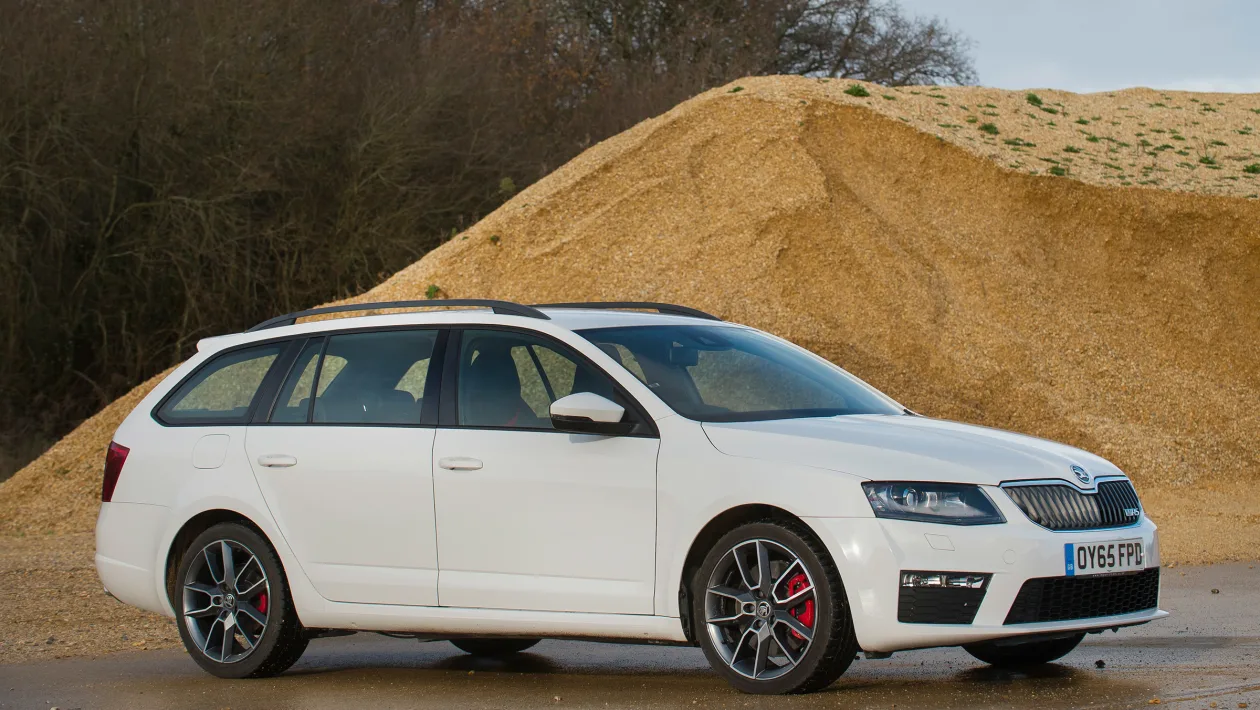
Skoda Octavia
If practicality is what you need, the Skoda Octavia is a great option. Tall people will feel comfortable in both the front and back thanks to the roomy leg and head space, and the back seat is wide enough to fit three passengers, which is easier than in many similar cars.
The boot space is 600 litres, which is huge for this type of car – even though the rival Mercedes A-Class has seats that split and fold in a more useful 40/20/40 way, while the Octavia’s seats split 60/40.
The Octavia is comfortable and economical, making it a great choice for long trips. Even in the more expensive trims, it costs less than many similar cars, whether you buy it outright or use a PCP finance deal.
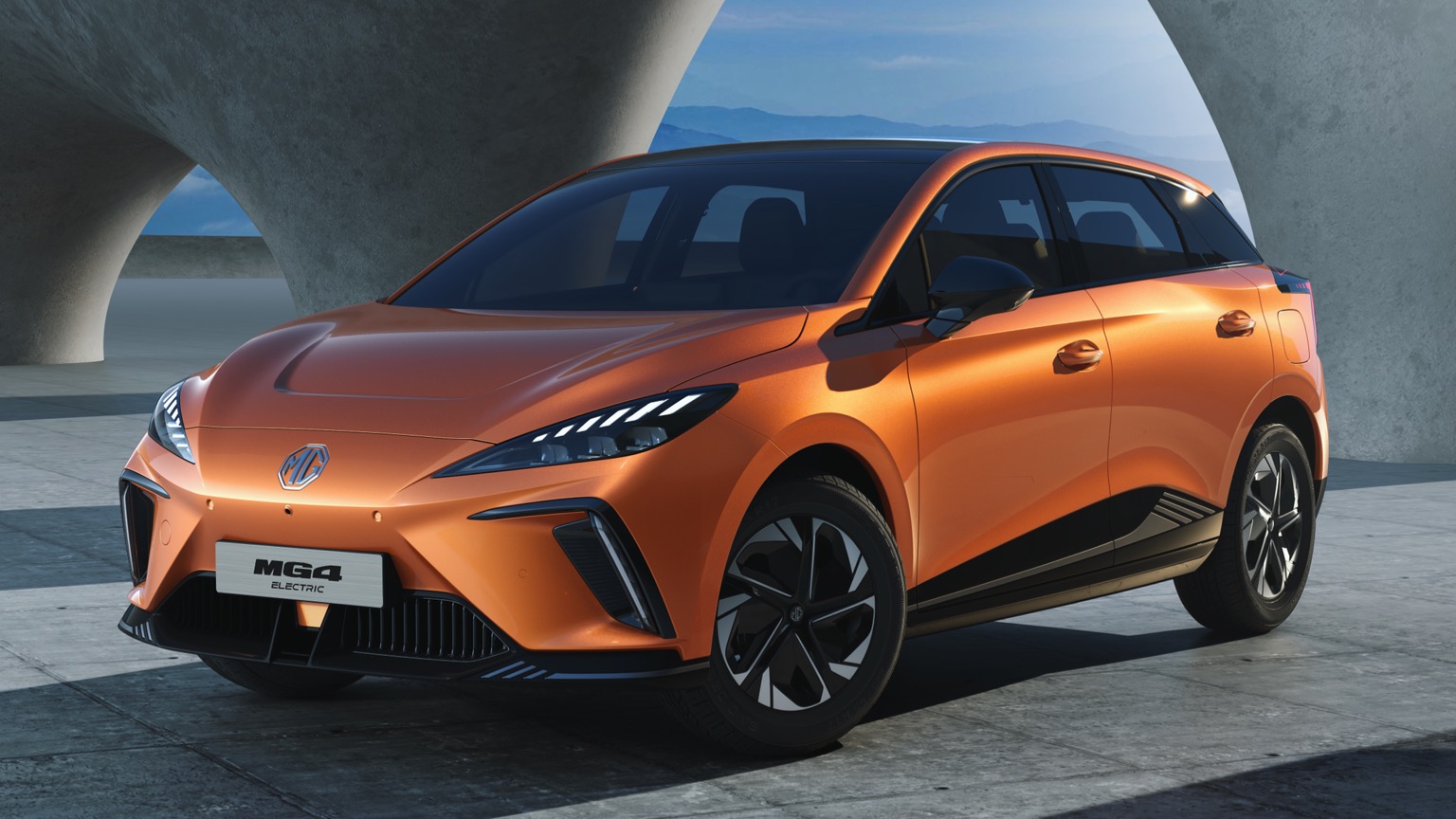
MGV E4
The first fully electric car on this list is also one of the cheapest – the MG4.
Except for the highest-end XPower model, all versions have a single electric motor. The Standard Range models, which we recommend, use a 50.8kWh battery. With an official range of up to 218 miles, the MG4 isn’t the electric car with the longest range, but it’s fairly fast – going from 0-62mph in 7.7 seconds.
We were impressed by how much comes as standard, especially with the entry-level SE trim, which includes things like adaptive cruise control and rear parking sensors.
The inside is roomy, and your passengers will have more comfort in the back of the MG than they would in the rival Renault Megane E-Tech.
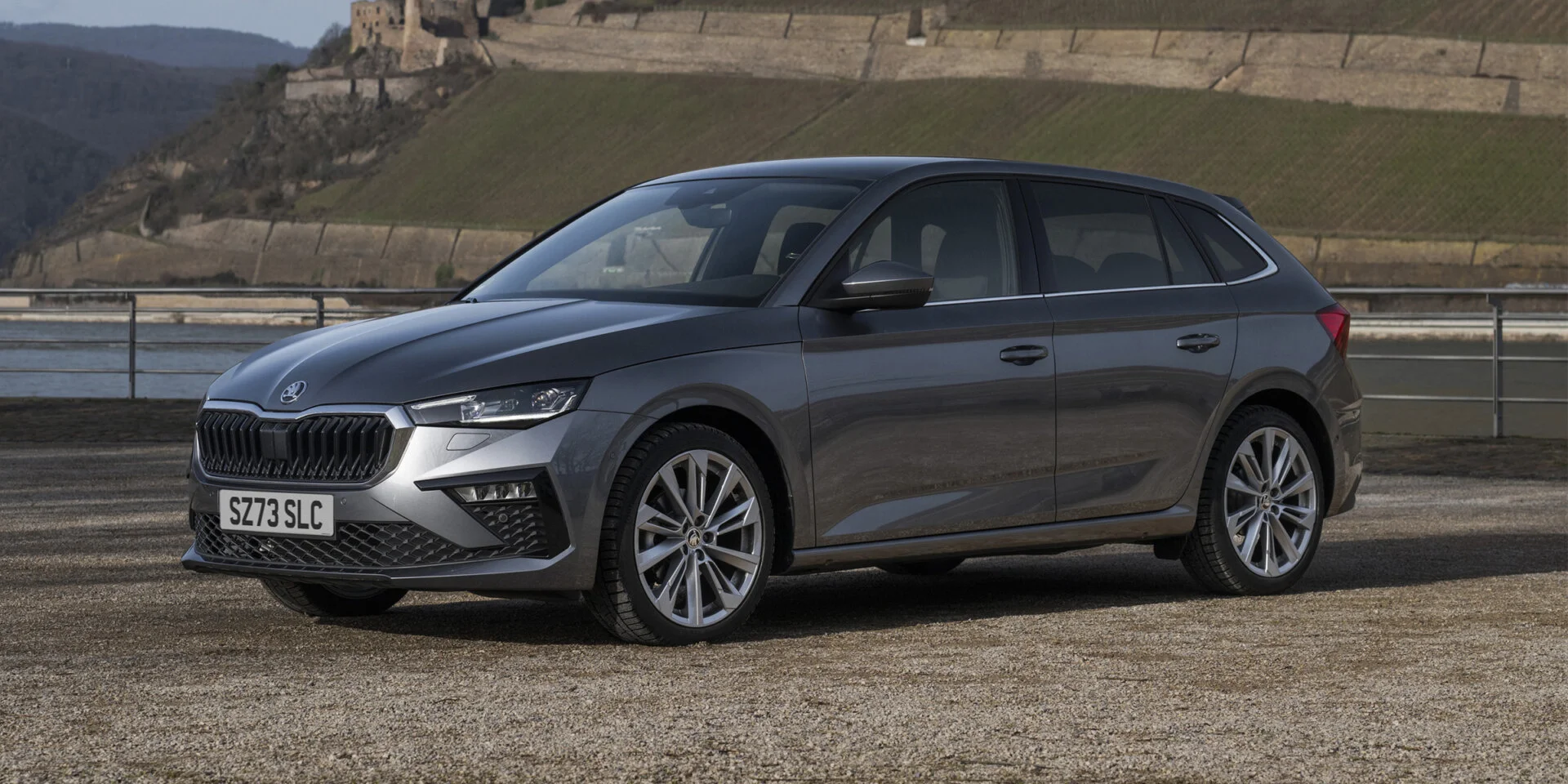
Skoda Scala
The Scala is one of the cheapest ways to get a great family car. It has a smooth ride, precise steering, and a very adjustable driving position.
There’s plenty of head and legroom, whether you’re sitting in the front or the back, and the boot is one of the largest in this class. In fact, only the slightly more expensive Skoda Octavia offers more in these areas.
The entry-level SE trim includes all the features you’re likely to need, such as cruise control, automatic lights, and automatic wipers.
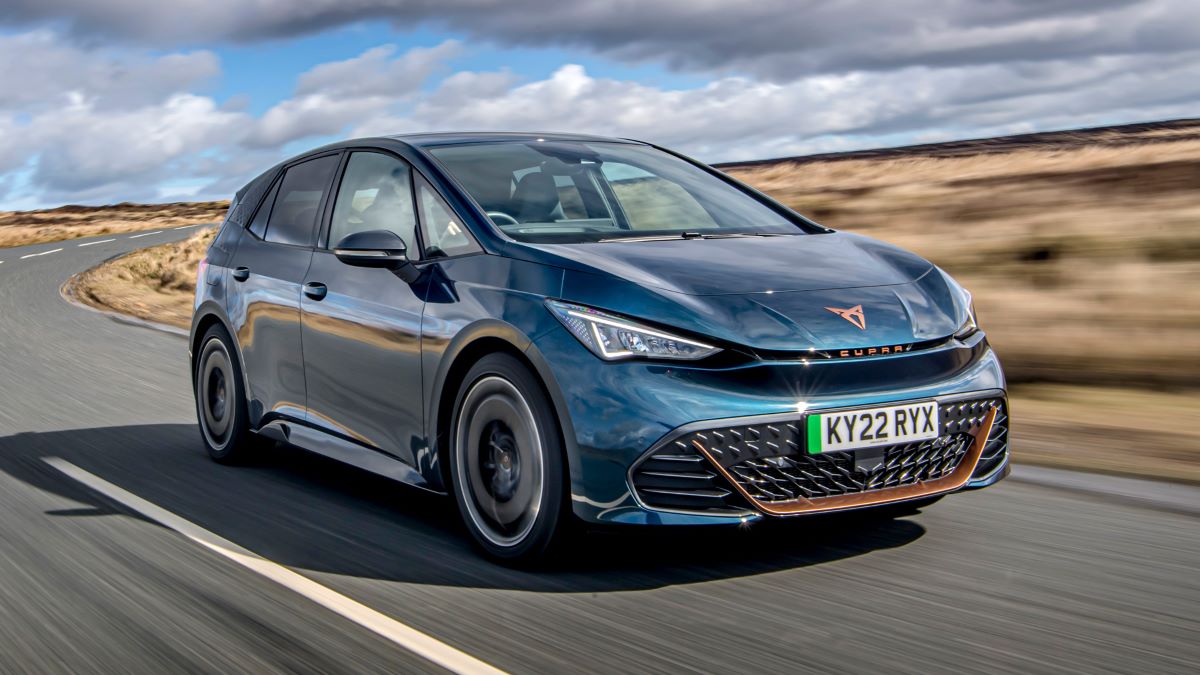
Cupra Born
If you like the Volkswagen ID 3 (which is also on this list), you will probably enjoy the Born electric car. It shares the same base but has more angular styling and a more refined interior.
The suspension has been lowered and stiffened for sportier handling, making it sharper and more fun to drive compared to the Volkswagen ID 3. There’s an e-Boost option that temporarily increases the power from 201bhp to 228bhp, but the difference is not very noticeable from behind the wheel.
The Born is a step up from the ID 3, but the volume and climate-control buttons on the dashboard and steering wheel are too hard to use.
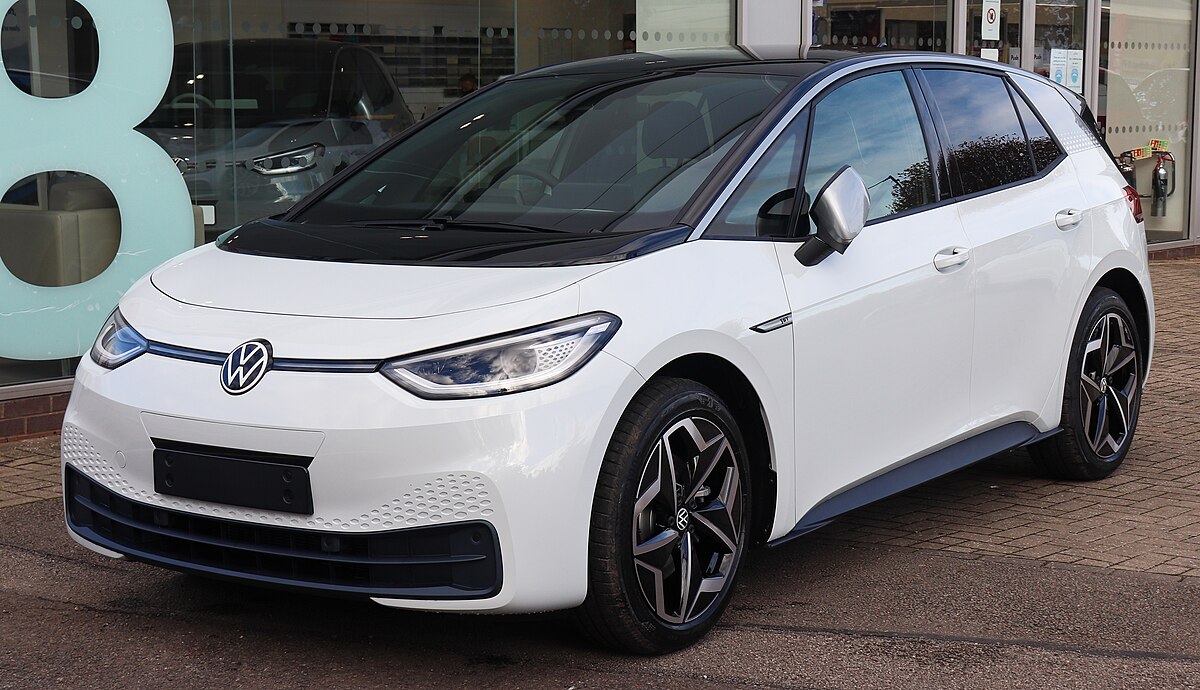
Volkswagen ID3
For those who want their next family car to be electric, the ID 3 might still be worth thinking about. It’s as practical as many petrol cars and is about the same size as the popular Volkswagen Golf.
The steering feels just right, and the car has great control, making it genuinely fun to drive – which isn’t something all electric cars can offer. The performance is good, with 148bhp or 201bhp motors available, and the larger battery option gives an official range of up to 347 miles.
Unfortunately, the ID 3 is let down by an interior that feels cheap and an infotainment system that is tricky to use and slow to respond.

Ford Focus
If you want a family car that’s really fun to drive, it’s hard to go wrong with the Focus. No matter what version you pick, Ford’s family car will offer a good mix of handling and comfort. The ride is firmer than in the Volkswagen Golf and other rivals, but it’s not uncomfortable.
The entry-level 1.0 Ecoboost 125 petrol engine is our favourite because it offers decent performance and good fuel economy at a reasonable price. We’d also recommend sticking with the entry-level Titanium trim, which comes with lots of features as standard.
The reasonable price makes it an attractive option to buy outright, but its less exciting interior and faster loss of value compared to some rivals stop it from ranking higher on our list.
The least reliable family cars
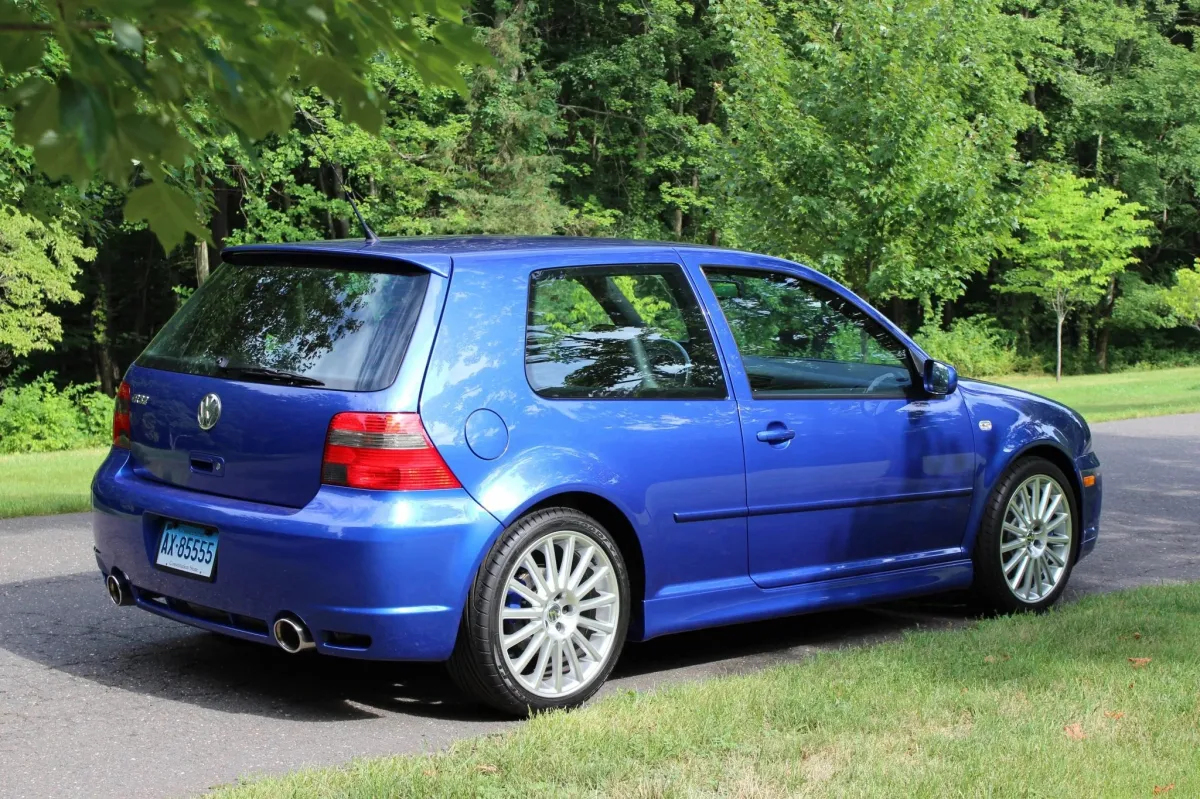
Volkswagen Golf (2009-2013)
The newer Golf is not as attractive as the 2003-2009 version because it had many problems and was slower and more costly to repair. Forty percent of the cars in our survey had an issue, with suspension being the most common problem, followed by engine and electrical faults.
Owners told us that 37% of cars spent up to a week in the workshop, and 20% were in the shop for more than a week. While 40% of repairs cost less than £200, 48% were up to £750, and 10% of repairs cost £1000 or more.
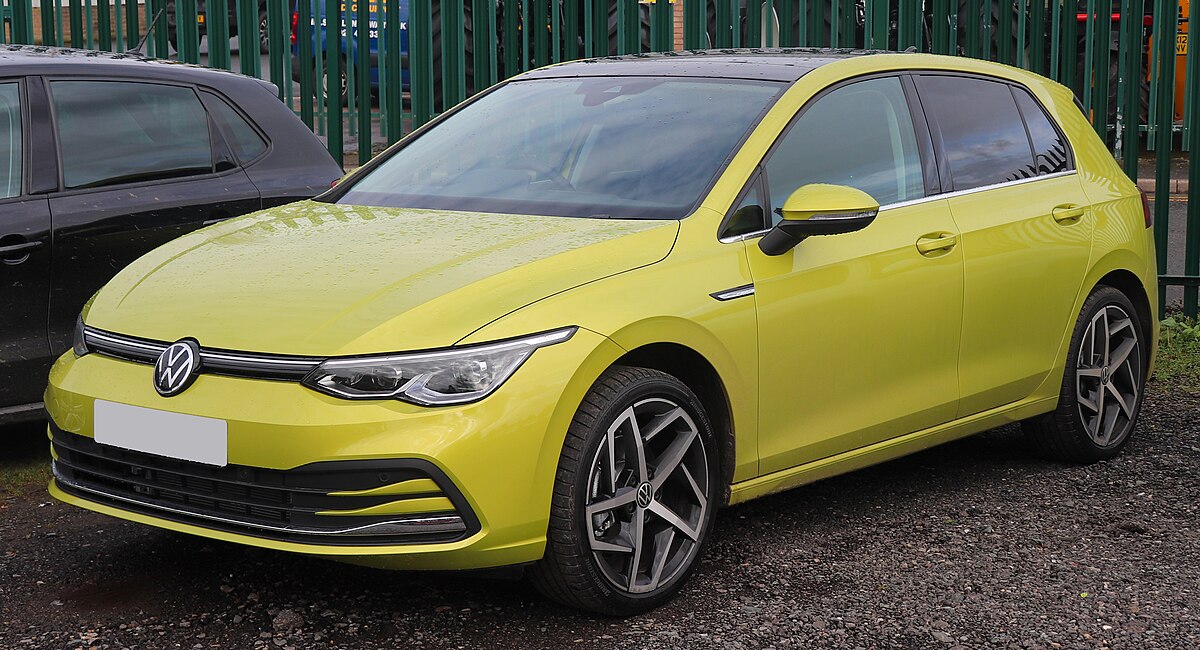
Volkswagen Golf diesel (2003-2009)
A surprising 53% of the older Golf diesel models in our survey had at least one problem, making them less appealing than their petrol versions, which had a 37% fault rate.
The suspension was the biggest issue, making up 27% of all faults, with other problems in the bodywork, brakes, and fuel system. Fortunately, all cars were fixed in less than a week, and 86% of repairs cost under £300 per issue. Only 14% of owners paid up to £500 to fix their cars.
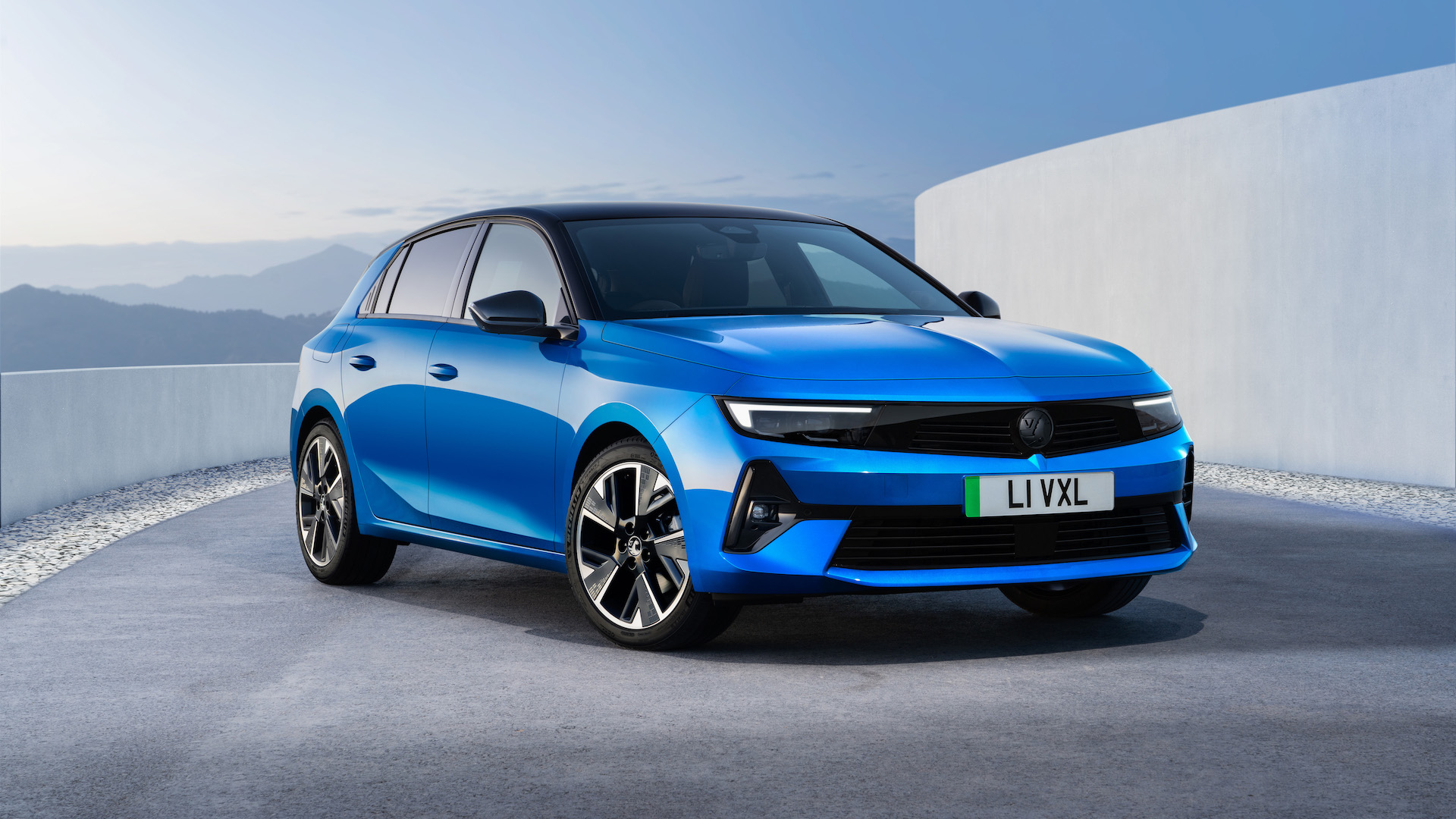
Vauxhall Astra petrol (2009-2015)
Petrol-powered Astras have more problems than diesel ones: 44% of the petrol cars had issues, compared to 29% of the diesel models. The most common problems were with the brakes, air-conditioning, and engine, followed by issues with the battery, bodywork, electrics, exhaust, gearbox, and suspension.
Luckily, repair costs were usually reasonable, with 70% of fixes costing £300 or less, though some owners paid up to £1500. Most cars could still be driven, and most were back from the workshop in under a week.

Mercedes-Benz EQS450+ SUV
While there are many great electric vehicles, there are just as many that miss the mark. For example, the Lexus RZ has a very short range, and the Audi Q8 E-Tron is designed to feel like a traditional petrol car. Mercedes-Benz also misses the mark with the EQS SUV.
Sure, it’s quite nice: it’s spacious, quiet, and usually smooth. But its driving experience is strange, with rough brakes, awkward handling, and power delivery that feels artificial and weak. The EQS450+ offers a good range, but its charging capacity is just okay.
Then there’s its design, which makes many minivans look exciting. It’s one of those unsure, poorly designed electric cars that will soon be outdated as car makers improve their understanding of electric vehicles.

BMW 7 Series / i7
BMW 7 Series and i7 as my most disappointing cars of the year. Main complaint isn’t about the looks, or its unique interior, but more about the small details that were missed in this expensive executive sedan. One example is the fancy, automatic closing rear doors.
The buttons are placed in such a way that people have to lean way outside the car to press them to close the door. That’s a great way to make passengers get wet when it rains.
The fancy fold-down rear screen is another problem. First, the screen can only do basic things like streaming Amazon Prime. Yes, there’s an HDMI input, but good luck finding a 120-volt outlet for your device.
Also Read: 12 Rock-Solid SUVs Known for Exceptional Reliability
Tesla, on the other hand, has added Disney+, YouTube, Hulu, Netflix, games, and HVAC controls on its small rear screen in the new Model 3 Highland. And if you accidentally switch the drive modes to “Theater,” it lowers the rear screen from the roof and raises all the rear window blinds so you can’t see behind you.
Some cars, like the Toyota Prius, have rearview cameras in their mirrors, but BMW. Instead, drivers who want to see out the back have to go through 44 different icons in iDrive to find the button to raise the screen (because the voice control system can’t do this), and then manually lower each of the rear blinds. If you want to be annoyed every day by a car, drive a new 7 Series/i7.

